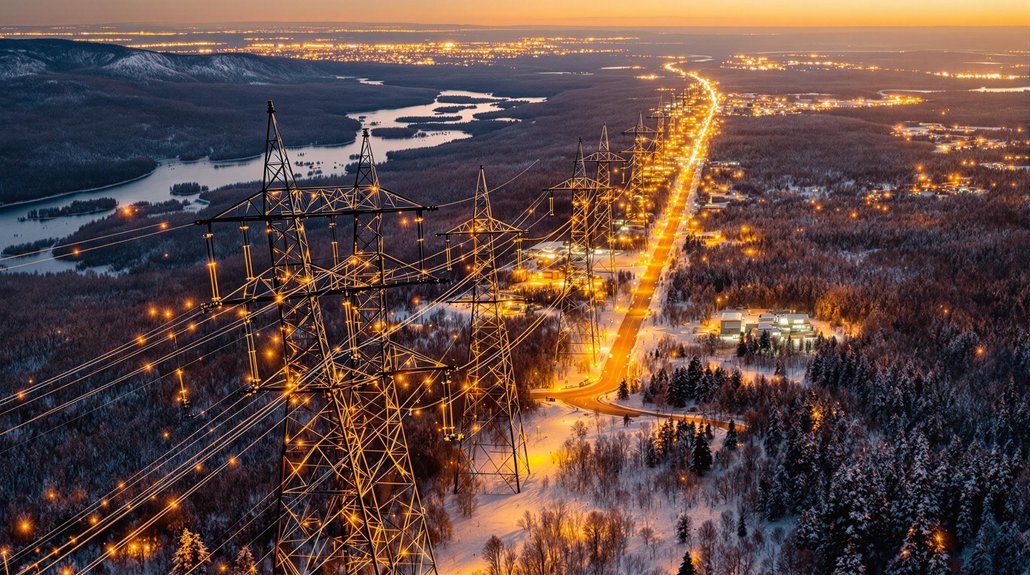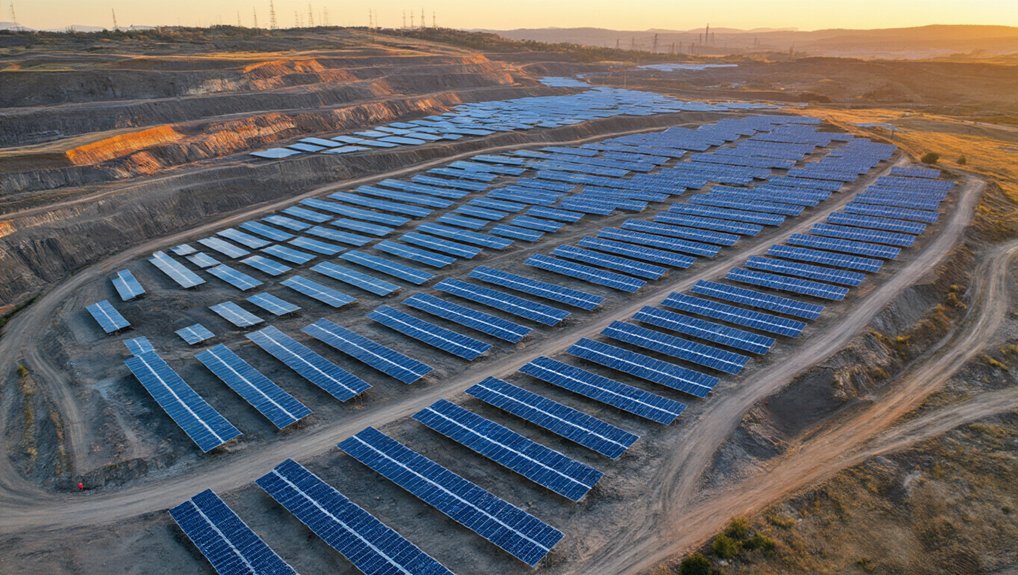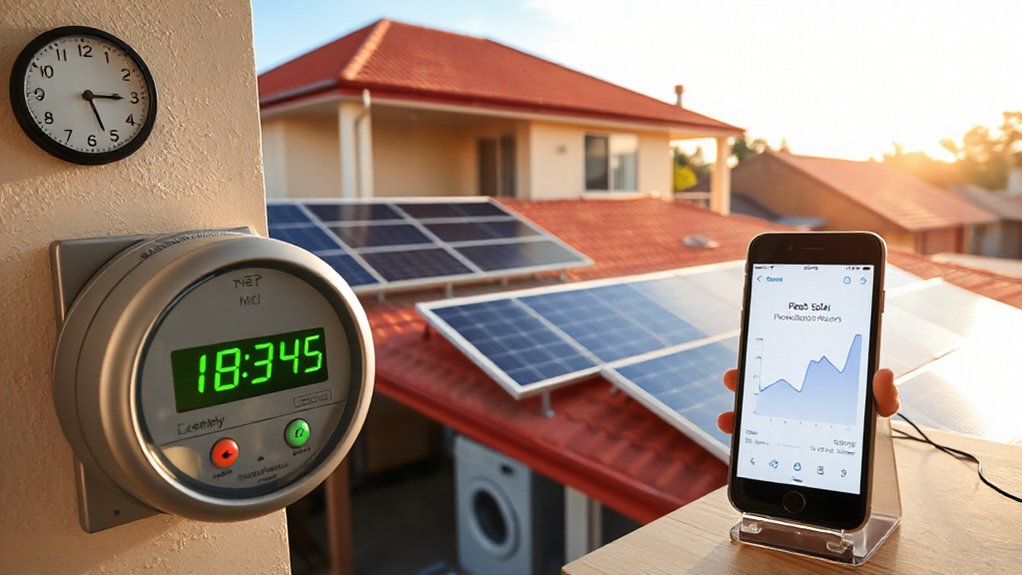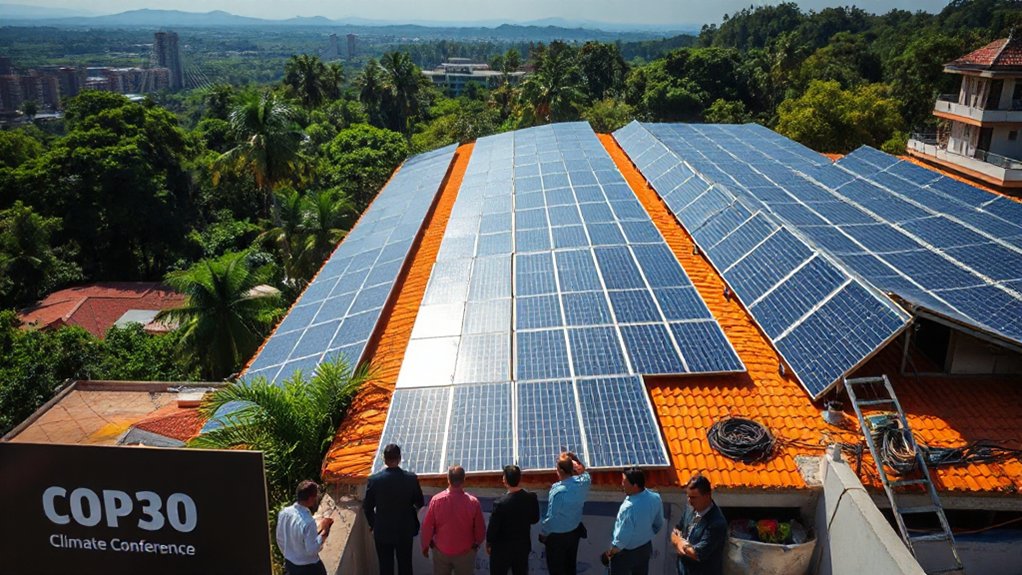Canadian electricity flows silently across the northern border, powering millions of American homes without fanfare. This cross-border energy partnership delivers 30 terawatt-hours annually to states like New York, Maine, and Minnesota. It’s a relationship that bolsters grid stability during extreme weather and reduces greenhouse gas emissions. While most Americans flip switches without considering where their electricity originates, this international power exchange represents one of North America’s most essential yet least recognized infrastructure connections.
While many Americans may not realize it, Canadian electricity plays a critical role in powering homes across the northern United States. Canada exported around 30 terawatt-hours of electricity to the U.S. in 2024, enough to power nearly 3 million American homes annually.
Northern states like New York, Maine, Michigan, and Minnesota depend heavily on this Canadian power. These states often lack enough local electricity generation to meet their needs. They turn to their northern neighbor for reliable and affordable energy. The electricity comes mainly from Canada’s abundant hydropower resources, which make up 85% of these exports.
The trade isn’t just about keeping lights on. It’s also good business for both countries. Canada earned $1.79 billion from net electricity exports to the U.S. in 2024. American consumers benefit from lower electricity prices, especially in regions where local power is expensive.
This cross-border energy relationship works like a safety net. When one region faces problems like outages or maintenance issues, power can flow from areas with surplus electricity. High-voltage transmission lines connect the power grids of both nations. The impressive network of 86 international powerlines facilitates this crucial energy exchange between Canadian provinces and U.S. states. Sometimes the flow even reverses direction based on changing needs and prices.
There’s an environmental benefit too. Most Canadian electricity exports come from clean hydropower sources in Quebec, Ontario, and British Columbia. This helps U.S. states reduce their greenhouse gas emissions while meeting renewable energy goals.
The system isn’t without challenges. The complex network of transmission lines and different regulations can create complications. However, the benefits outweigh these issues. The hydroelectric power provides grid stability with its ability to quickly respond to demand changes, making it ideal for supporting intermittent renewable sources in the American energy mix. The relation provides energy security for both nations and helps prevent blackouts during extreme weather or emergencies.
This silent partnership between neighbors keeps millions of Americans warm in winter and cool in summer, proving that some of the most important international relationships are the ones we notice least. ISO New England imported about 9% of its electricity from Quebec in 2024, highlighting the region’s significant dependency on Canadian power.









